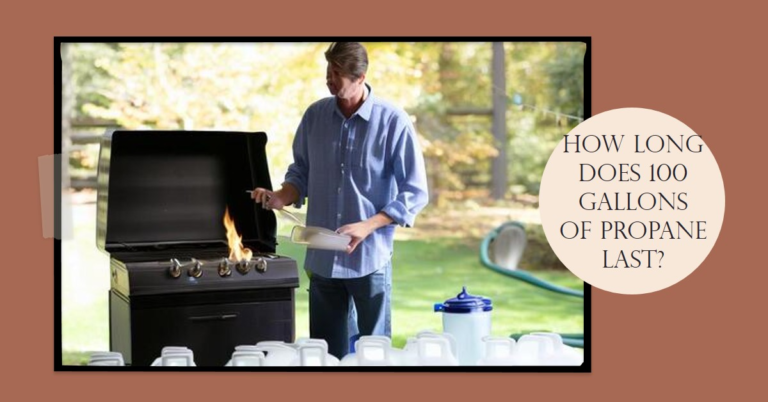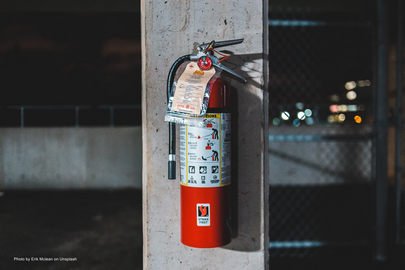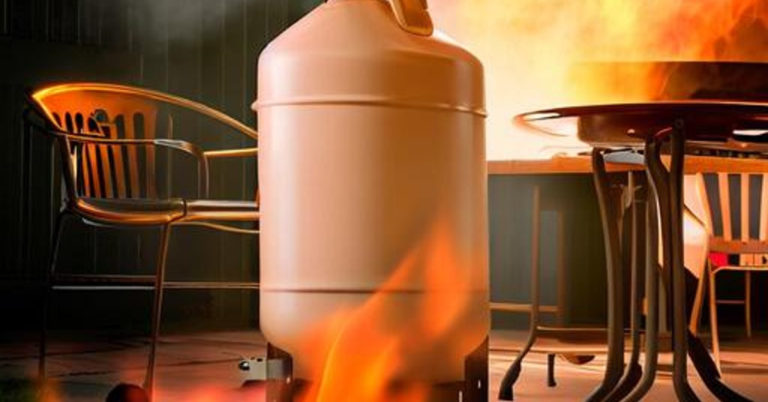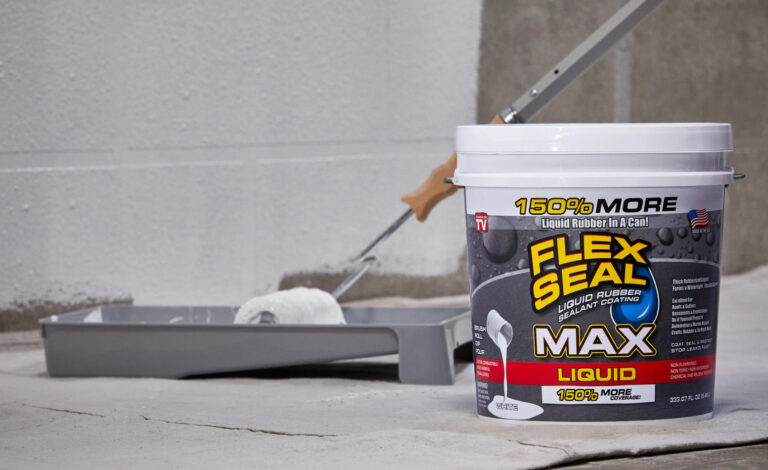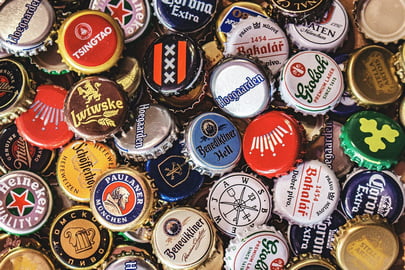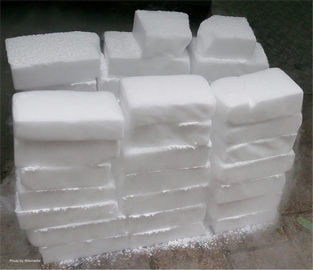A QUICK GLANCE…
The lifespan of seeds can vary depending on the specific plant species and environmental conditions, but in general, seeds can last anywhere from a few months to several years. Factors such as moisture, temperature, and light exposure play crucial roles in determining seed longevity. Some seeds, known as orthodox seeds, have a longer lifespan and can remain viable for years if stored properly in cool, dry conditions. Conversely, recalcitrant seeds have a shorter lifespan and may only remain viable for a few weeks or months. It’s important to note that as seeds age, their germination rates gradually decline, so it’s best to use fresher seeds for optimal success in growing new plants.
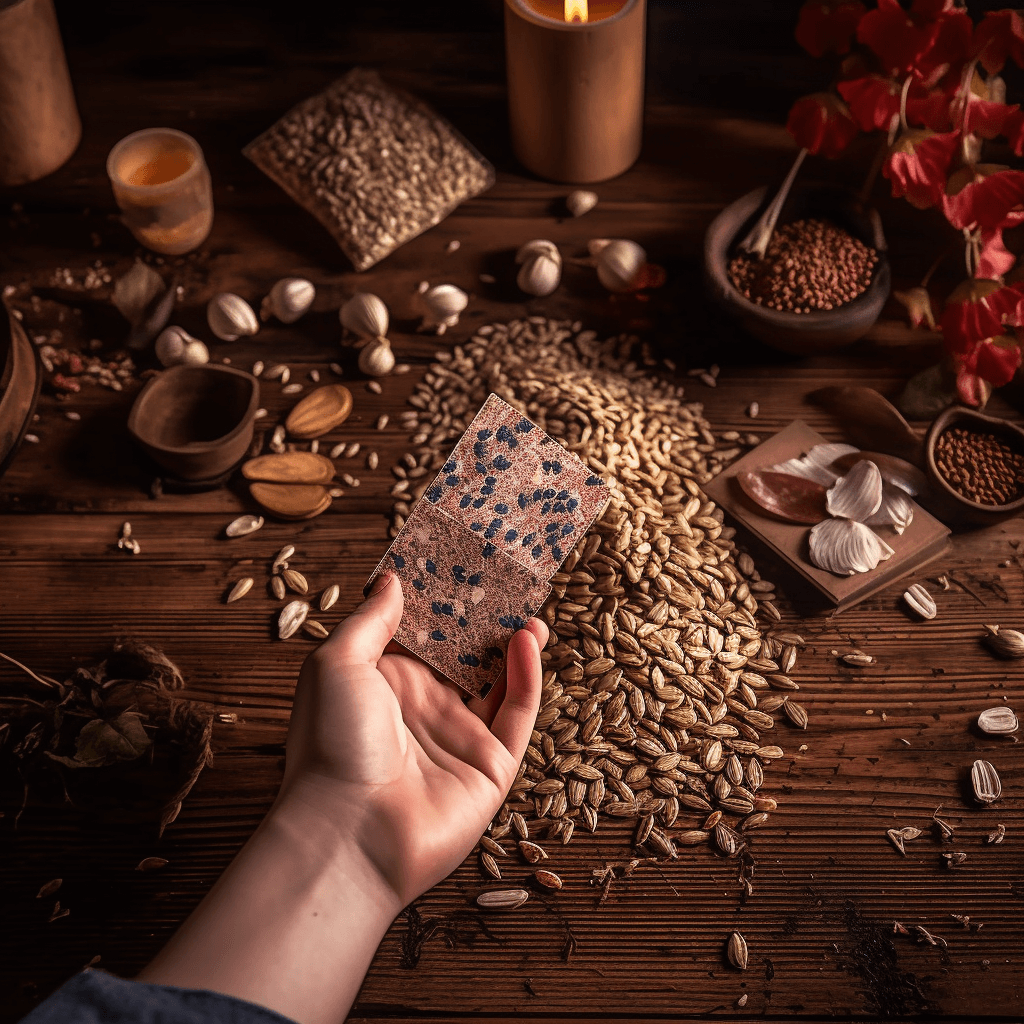
Have you ever wondered how long seeds can last?
As avid gardeners, my family and I have always been curious about the longevity of seeds. We understand the importance of seed viability, especially when it comes to preserving rare or heirloom varieties.
In this article, we will explore the various factors that affect seed longevity, as well as the steps you can take to ensure your seeds remain viable for as long as possible.
Seed longevity is crucial for gardeners and farmers alike. The longer a seed can remain viable, the more chances for successful germination and growth. However, many factors can affect seed longevity, such as moisture, temperature, and proper storage techniques.
By understanding these factors, you can take the necessary precautions to ensure your seeds remain viable for years to come. So let’s dive in and learn more about the fascinating world of seed longevity.
Factors Affecting Seed Longevity
It’s crazy how much impact factors like moisture and temperature can have on how well your precious plant babies survive. Seed storage plays a significant role in determining the longevity of seeds.
Seeds that are stored in dry and cool conditions tend to have a longer lifespan compared to those that are stored in warm and moist environments. This is because moisture and heat can activate the seed’s metabolic processes, causing it to lose its viability. Therefore, it’s essential to store your seeds properly in a cool and dry place to ensure they last as long as possible.
Another factor that affects seed longevity is seed germination. Seeds that have a higher germination rate tend to have a longer lifespan. This is because they are more likely to have a healthy embryo, which makes them more resilient to environmental stressors.
Additionally, seeds that are harvested at the right time tend to have a higher germination rate, which can help increase their lifespan. Therefore, it’s essential to ensure that you’re harvesting your seeds at the right time to maximize their longevity.
Finally, the genetics of the seed itself can also play a role in its longevity. Some types of seeds have evolved to survive in harsher environmental conditions, which can help them last longer. Additionally, some plant species have seeds that can last for decades or even centuries, while others have seeds that only last for a few years.
Therefore, it’s important to research the specific type of seed you’re working with to determine its expected lifespan. By understanding the factors that affect seed longevity, you can take the necessary steps to ensure that your seeds last as long as possible.
Understanding Seed Viability
Knowing the lifespan of a seed is crucial for any gardener, as it determines the success of their harvest and the growth of their plants. One of the key aspects to understand is seed viability.
Viability refers to the ability of a seed to germinate and produce a healthy plant. Over time, seeds age and lose their ability to germinate. This is due to a variety of factors, including genetics, storage conditions, and environmental factors.
The germination rate of seeds decreases as they age. This means that the longer a seed has been stored, the less likely it is to germinate. The rate of seed aging varies depending on the species of plant, but some seeds can remain viable for decades or even centuries if stored properly.
Seed aging can also be influenced by the moisture content of the seed. Seeds that are too dry or too moist will age more quickly than seeds that are stored under optimal conditions. Understanding seed viability is important for gardeners who want to maximize their chances of success.
Before planting, it is important to test the viability of seeds to ensure that they are still capable of germinating. This can be done by conducting a simple germination test. By planting a small sample of seeds and monitoring their growth, gardeners can determine the germination rate of their seeds and adjust their planting strategies accordingly.
With proper storage and care, seeds can remain viable for years, ensuring a successful and bountiful harvest.
Properly Storing Seeds for Longevity
To keep your future garden thriving, you need to store your precious seeds in a cool, dry, and dark place.
Seed storage containers are the best way to protect your seeds from the elements and ensure their longevity. These containers come in different sizes and materials, from plastic to glass, and can be airtight or breathable. It is essential to choose the right container for your seeds and label them with the name and date of harvest.
Optimal storage conditions for seeds include a temperature range of 32-41°F and a relative humidity level of 30-50%. These conditions can be achieved by storing your seed storage containers in a refrigerator or freezer. However, it’s crucial to avoid moisture build-up inside the container, which can cause mold and mildew to grow.
Therefore, it’s best to let the seeds come to room temperature before opening the container to prevent condensation. Additionally, you can use silica gel packets or dry rice to absorb any moisture inside the container. Place a packet or a handful of rice on top of the seeds and seal the container tightly.
This will help to maintain the optimal storage conditions for your seeds and extend their shelf life. With proper storage, your seeds can last for several years, giving you the opportunity to plant a bountiful garden for years to come.
Testing Seed Viability
You can easily test if your stored seeds are still viable by using a simple germination test, which will give you the confidence to plant with success.
Seed viability refers to the ability of seeds to germinate and grow into healthy plants. By testing the germination rates of stored seeds, you can determine their viability and ensure quality assurance.
To conduct a germination test, you’ll need a few supplies such as paper towels, a plastic bag, and water. First, moisten the paper towel and place it in the plastic bag. Then, add a few seeds to the paper towel and seal the bag.
Keep the bag in a warm and dark place and check on it every few days to monitor the progress of the seeds. Once the seeds have sprouted, count the number of viable seeds and calculate the germination rate.
If the germination rate is high, you can feel confident in planting the seeds. However, if the germination rate is low, it may be time to purchase new seeds. By conducting a germination test, you can ensure that your seeds are viable and ready for a successful growing season.
Extending Seed Longevity Through Preservation Techniques
Preserving your seeds can help them remain viable for an extended period, allowing you to successfully grow healthy plants year after year.
Seed preservation methods are varied and include techniques like drying, freezing, and storing in airtight containers. By taking the time to properly preserve your seeds, you can save money, reduce waste, and ensure that your plants will always be healthy and strong.
One popular method for preserving seeds is through seed bank initiatives. These organizations collect seeds from a variety of plants and store them in specialized facilities designed to keep them viable for years to come. By contributing to a seed bank, you can help preserve plant biodiversity and ensure that valuable plant species are not lost forever.
Many seed banks offer seed exchanges, allowing you to trade your own seeds for those of other gardeners from around the world. Another way to extend the life of your seeds is to store them in the right conditions. Seeds should be kept in a cool, dry place away from light and moisture.
You can store your seeds in airtight containers or in the freezer, but be sure to label them clearly so you can keep track of their age and type. By following these simple preservation techniques, you can ensure that your seeds will remain viable for years to come and that your garden will continue to thrive.
Conclusion
So there you have it, folks. Seeds can last anywhere from a few months to several decades, depending on various factors.
The key to preserving seed longevity is to understand seed viability, properly store seeds, and regularly test their viability.
By doing so, we can ensure that our seeds remain viable for as long as possible, enabling us to plant and grow healthy, productive crops.
Remember, seeds are a precious resource that should be treated with care and respect.
By taking the time to learn about seed longevity and preservation techniques, we can help ensure the continued success of our gardens and farms for generations to come.
Happy planting!
